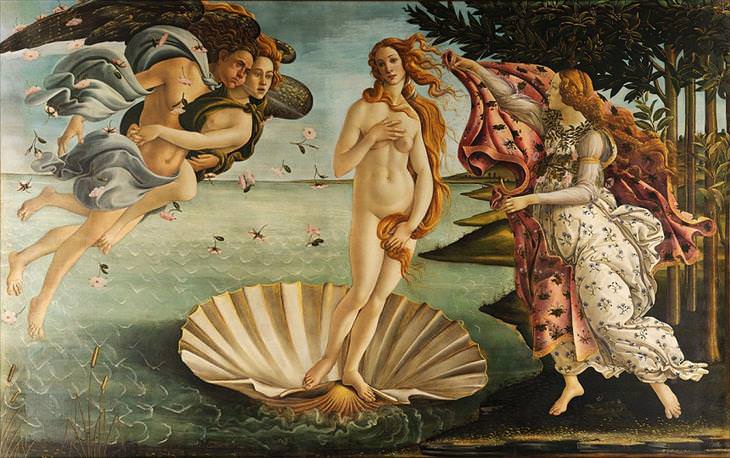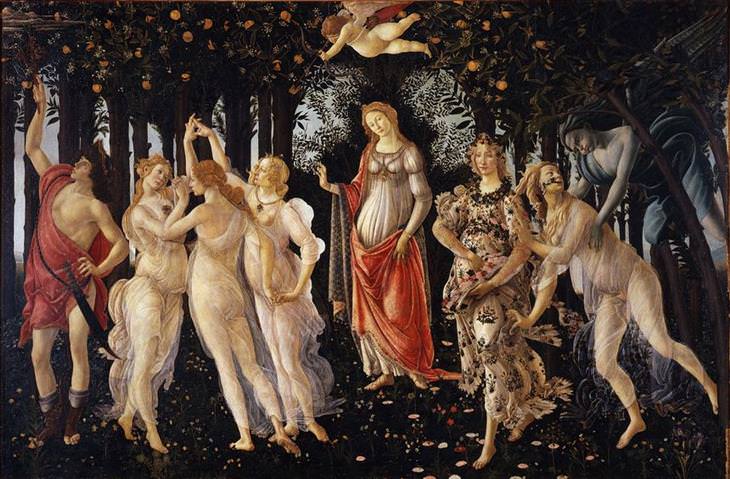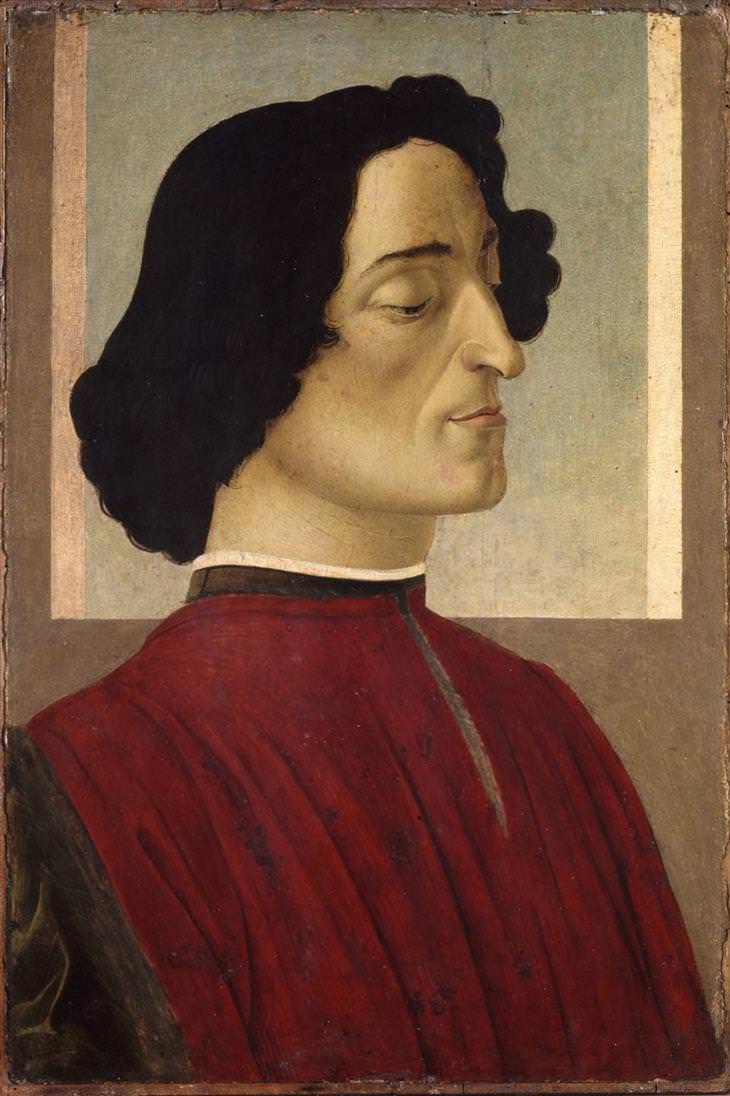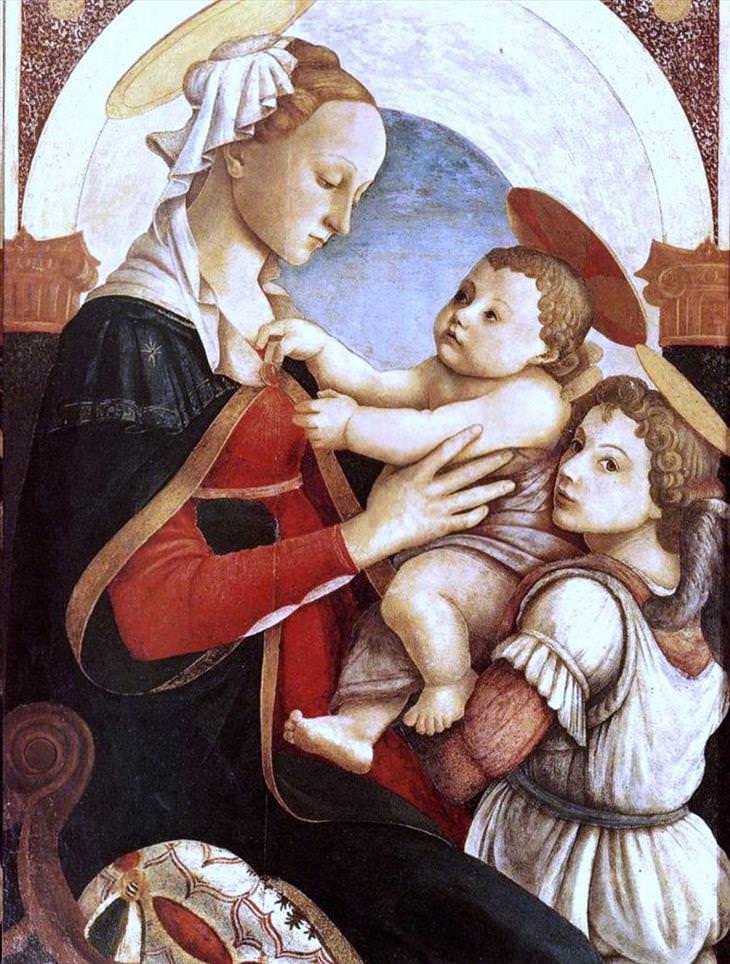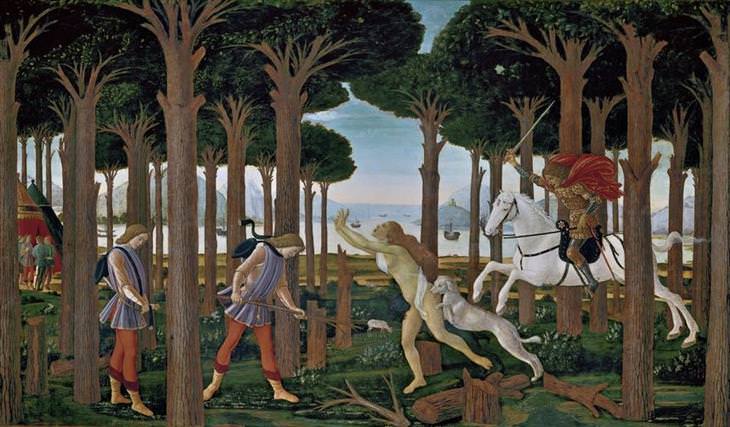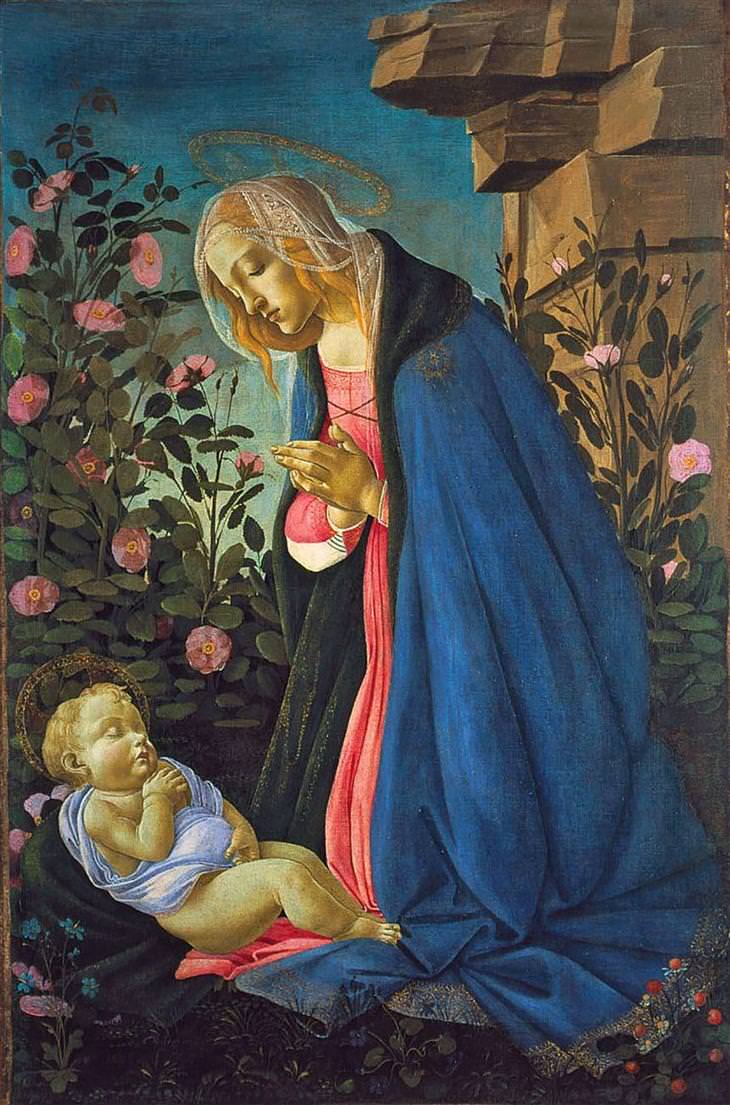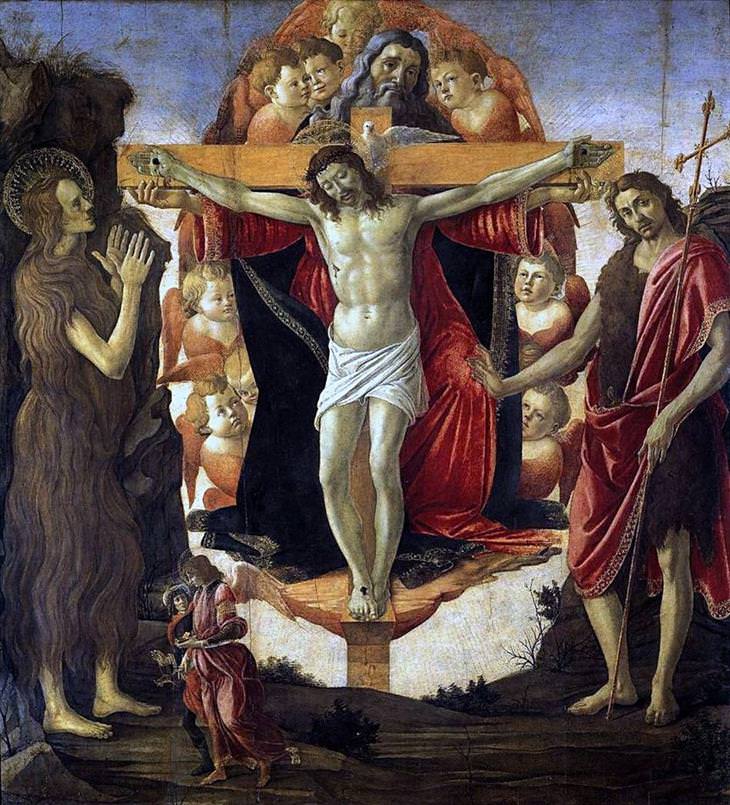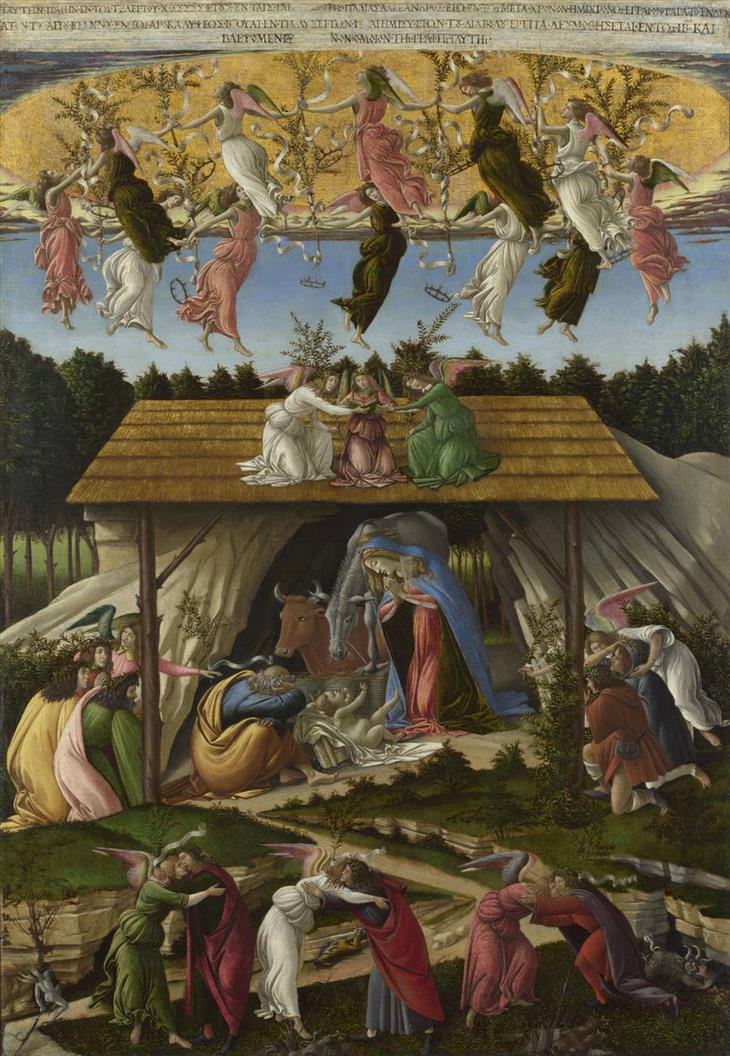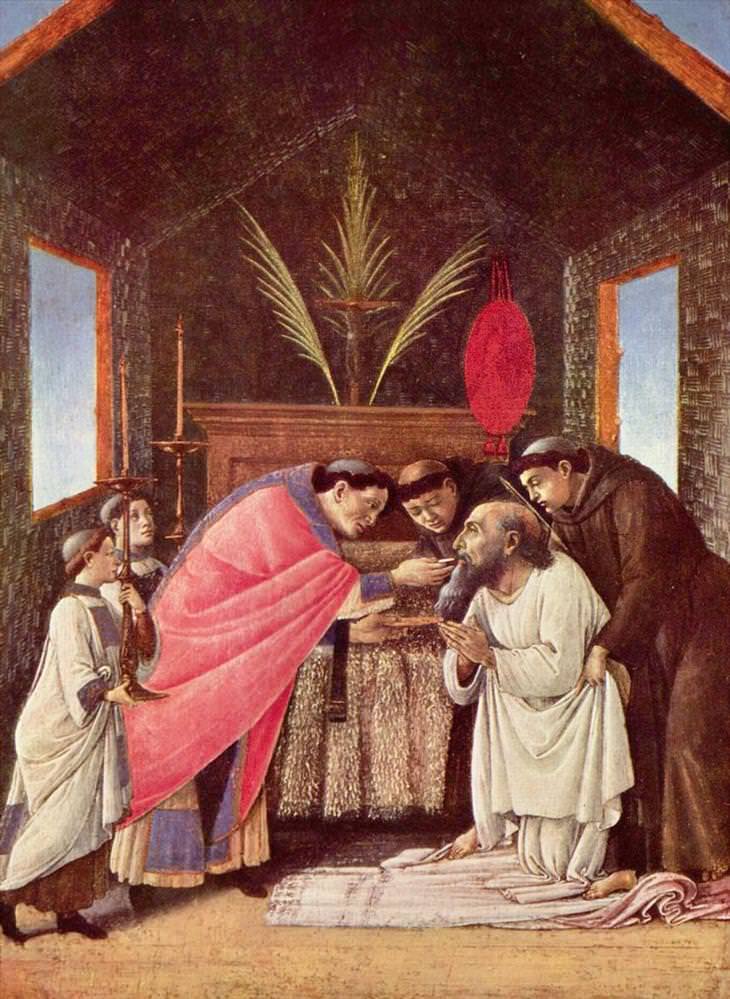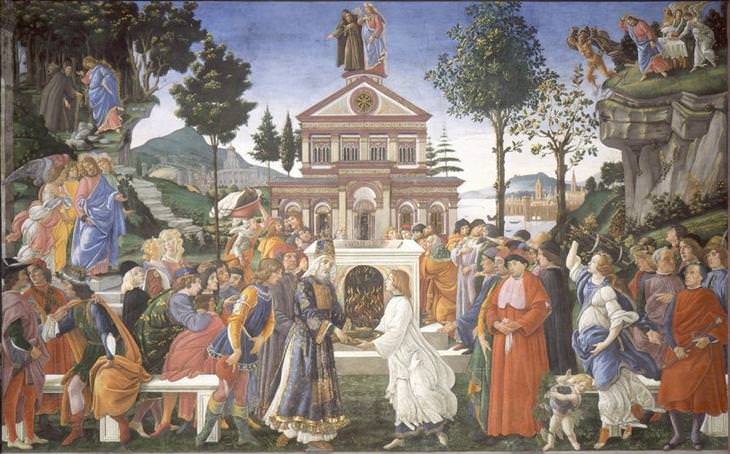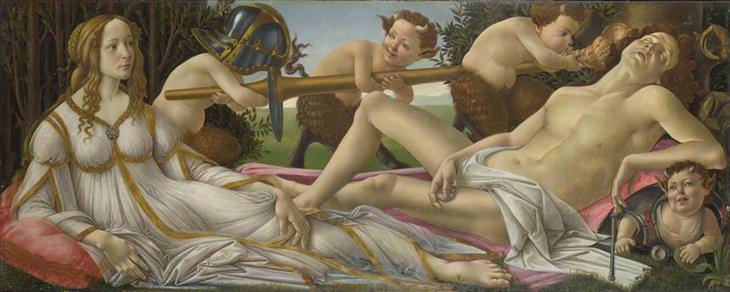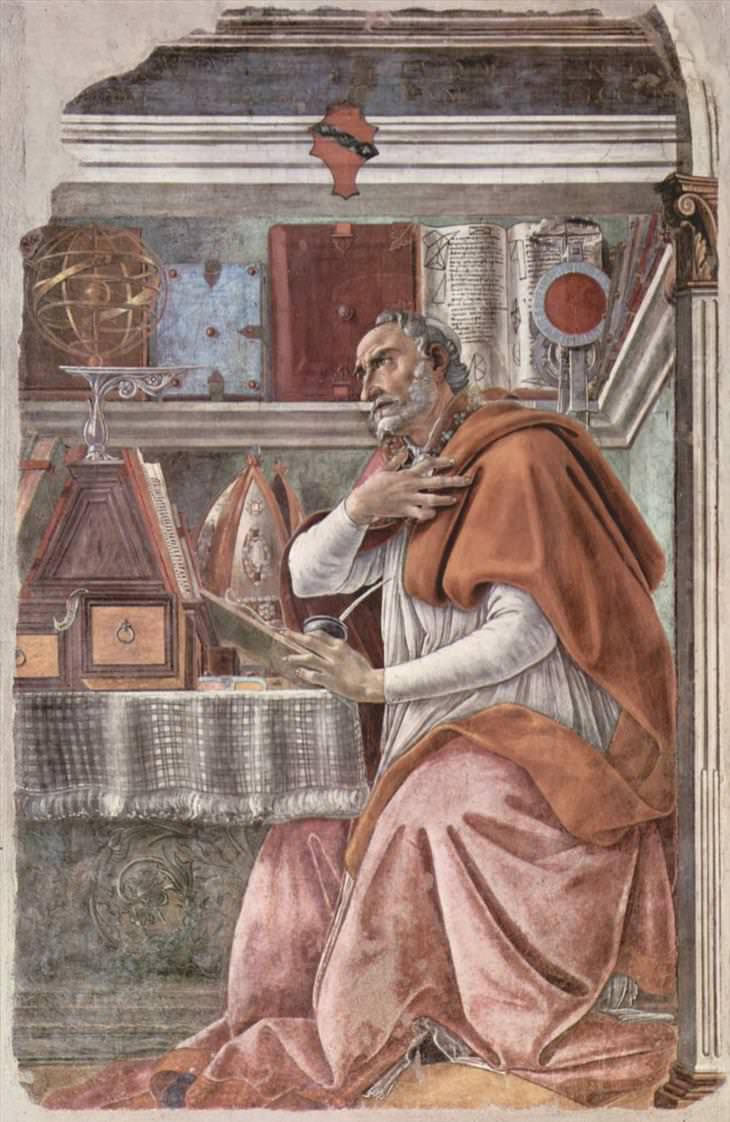
Alessandro di Mariano Filipepi, better known as Sandro Botticelli (born in 1445 and died in May 1510) was one of the most acclaimed painters of the Florentine Renaissance. He is best known for his works of art, The Birth of Venus and Primavera which are often said to epitomize the spirit of the Renaissance. Being the great artist that he was, he was also summoned to take part in the decoration of the Sistine Chapel in Rome and was supported by the leading families of Florence, including the Medici.
Despite the reputation he built throughout his career, by the time of his death, his reputation was on the decline. At the time, his works were overshadowed by the new styles of Perugino and Francesco Francia, and even more so by the High Renaissance paintings of Michelangelo and Raphael. Around this time, Botticelli's name had disappeared, until his works were reassessed once again in the 1890s.
The Birth of Venus, 1485

The 25 Coolest Movie Posters Ever Made
Movie posters from the 1900s had a different charm. Let’s check out the best ones from that era.
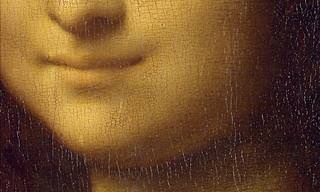
5 Fascinating Facts about the World’s Most Famous Painting
Leonardo da Vinci’s 'Mona Lisa' is the most famous painting in the world, but did you know these interesting facts about it?
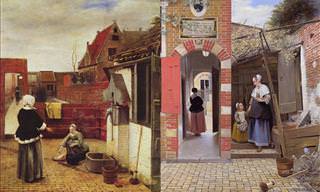
The 7 Best Dutch Artists You Might Not Have Heard Of
Noteworthy Dutch Painters of the Late Renaissance and Baroque

The Most Gorgeous Animal Paintings in History – 16 Pics
Explore the beauty of animals in these amazing paintings from over the years.

Feast Your Eyes on Titian's 10 Most Epic Masterpieces
Have a look at these ten incredible masterpieces from one of Italy's finest artists. As a painter, he was extremely versatile, and his body of work includes portraits, scenes from mythology and religion, as well as breathtaking natural landscapes.
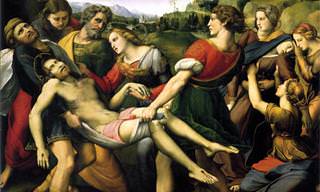
Raphael Was an Incredible Painter, Let Us Show You...
Did you know that Renaissance master, Raphael, died at the tender age of 37? How he could produce such a library of masterpieces is truly astonishing!
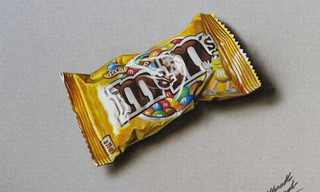
If I Didn't See This Artist At Work, I'd Never Believe Him!
Italian Artists Marcello Barenghi can create the most astoundingly realistic-looking hand drawings.
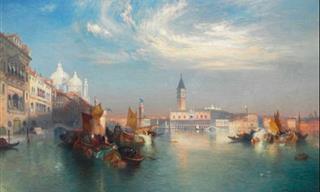
These Charming Old Paintings are Like a Balm for the Soul
Marvel at some of the finest landscape watercolor paintings by renowned American artist Thomas Moran.

10 of the Most Famous Dog Paintings Throughout History
Dogs have been a part of art history through the ages. Let’s explore some of the most famous dog paintings ever made.
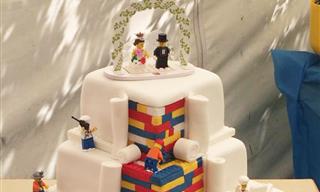
These Cakes are So Gorgeous and Creative...
We've seen amazing food art before, but these really take the cake...
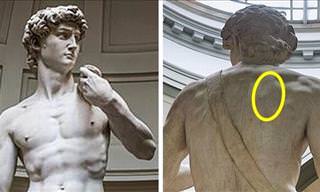
8 Mistakes Even Famous Masterpieces Have
As perfect as these works of art are, inaccuracies (be they intentional or not) have been noted.
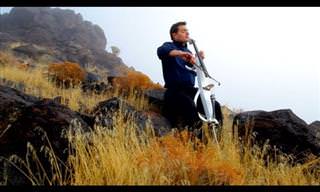 5:32
5:32
Beethoven Would Have Loved This Beautiful and Musical Ode
A beautiful and mesmerizing ode to the beautiful and classic music of Beethoven.
 9:09
9:09
Classic Performance: The `Smoking Magician`!
Tom Mullica is one of the most celebrated magicians and comedians in the world, and is known for his amazing cigarette tricks. Also, his great sense of humor and showmanship make for a very entertaining show!
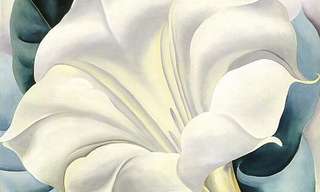
The Bold and Powerful Paintings of Georgia O’Keeffe
Georgia O’Keeffe was a talented American painter well-remembered for her bold and vivid works of flowers and desert landscapes.
 12:06
12:06
This is Probably the Most Fun Wedding Dance I've Ever Seen
Taking inspiration from Bollywood movies and Indian music, these guys put on a terrific dance show at this wedding.

10 Famous Landscape Artists and Their Masterpieces!
Are you a fan of landscape art? If so, we have just the treat for you here! Here you’ll find 10 of the most famous landscape artists and their masterpieces.
 5:51
5:51
WATCH: This Couple Was Meant to Dance Together
These dancers were meant to perform together, and I'd be happy to watch them many times over. I think you'll agree.
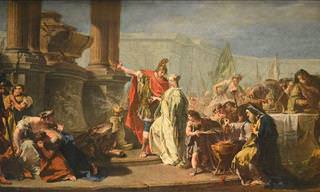
A Side Of the Louvre You Never Thought to Look For
The Louvre is the treasure of Paris, and filled with hundreds of thousands of smaller, but equally incredible treasures to fill you with awe
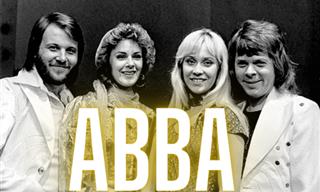
MUSIC BOX: Click to Listen to 12 of ABBA's Best Songs!
We've compiled a list of 12 of ABBA's greatest hits for your listening pleasure.
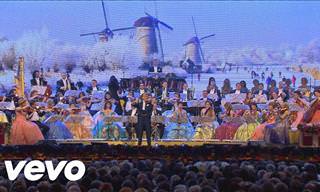 7:26
7:26
When Waltz and Skating Combine Ever So Sweetly
André Rieu once again brings to life a beautiful classical music performance, this time pertaining to ice skating.
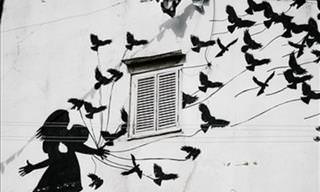
40 Works of Street Art That Will Make You Stop And Think
Many beautiful works of art have been found in the most unique places. These artists make the streets their canvas and pour their hearts out to the world.
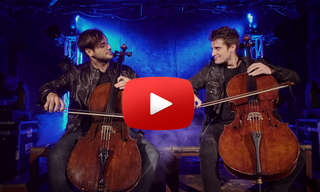 5:31
5:31
Even With a Cello, These Guys Are Absolute Stars
If you only associate the cello with one type of music, you are underestimating this instrument's versatility!
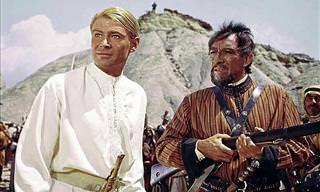
All Lovers of Films Should Watch These 7 Epic Biographies
Looking for your next cinematic obsession? You can't go wrong with these 7 epic biographical films.
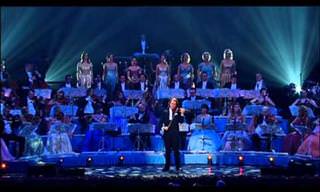 5:15
5:15
Andre Rieu Stirs Our Emotions With his Tribute to Sinatra!
Join Andre Rieu and his orchestra in their tribute to the unforgettable Frank Sinatra, as they perform "My Way".

This John Lennon Song Reminds Me it's Good to Be Older
This beautiful presentation takes us through the annals of "Borrowed Time" - a great and meaningful song by John Lennon.
 5:47
5:47
Will this Acrobat Blow Your Minds as Well?
Watch Kai Ho's dangerous and skilled acrobatic performance.
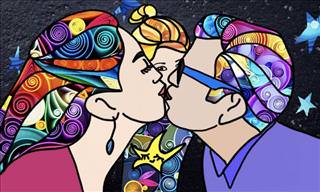
This Artist Turned Her Unique Paper Art Into a Living
Portuguese artist Sena Runa's beautiful paper quilling art has resulted in her amassing a staggering 100,000 followers. Take a look at her unique work here.
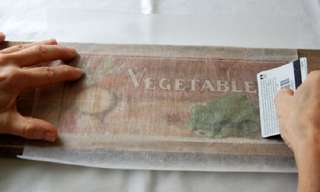
I’ve Found a Way to Put Photos Onto Wood. It’s So Simple.
Brighten up a wooden item with a beautiful transfer. This craft project is straightforward, inexpensive and a fun afternoon's activity.

Stunning! This Miniature Bird Art is Made from Paper
Check out this stunning miniature bird art.
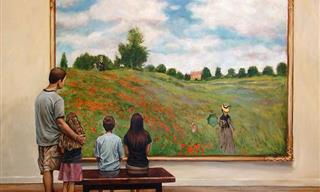
These Realistic Paintings Open Up a World of Beauty
American artist Harry McCormick captures the beauty of interior scenes with his striking realist paintings.
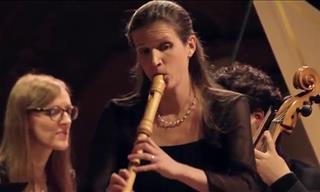 16:06
16:06
This Beautiful Boléro Builds to An Epic Crescendo!
Valery Abisalovich Gergiev conducts the classic Boléro by Ravel in a gorgeous video.

I Can’t Take My Eyes off These Gorgeous Lion Paintings
Enjoy this incredible collection of the most gorgeous classic lion paintings.
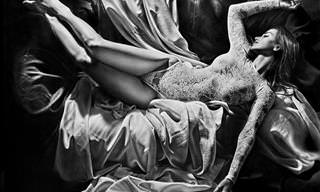
Stunning! These Pencil Drawings Look Like Photographs
Emanuele Dascanio is a true master of his craft, creating incredibly realistic graphite pencil and charcoal portraits.
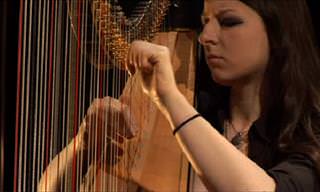 6:10
6:10
When Two Masters Play Together, the Magic Is Already There
The music created by these 2 musicians is incredibly soothing and peaceful.
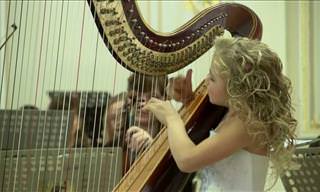 5:40
5:40
This Little Girl Makes Music That Speaks to All Ages
When she plays the harp, it's like fairy tales coming to life, infusing the world with magic...
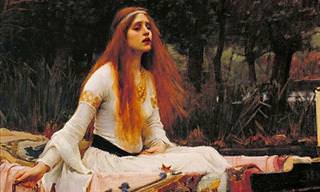
These Gorgeous Paintings Are the Soul of the Victorian Era
The Pre-Raphaelites were a close-knit group of Victorian painters who shared big ideas about art and literature. Here are 18 of their greatest works.
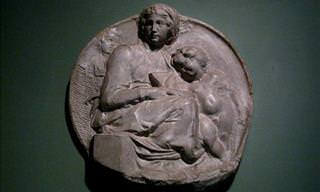
There’s a Side to Michelangelo’s Artwork You’ve Never Seen
Take a look at the work of artist Michelangelo, beyond the Sistine Chapel and the statue of David, and created by him over 70 years.

8 Famous Artists That Were Rejected During Their Lives
In this article you will find eight great artists who simply weren’t appreciated for the work that they created during their time.
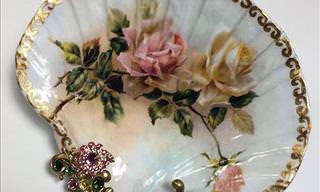
These Real Seashells Look Like Pieces of Sunken Treasure
This seashell art is unlike anything I've ever seen before... absolutely stunning!

Elton John’s Hits Absolutely Stand the Test of Time
Sometimes music is all you need to make your day better! Enjoy these timeless hits by Elton John.
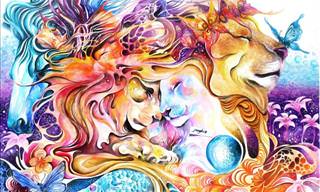
This Watercolor Animal Art Is Expressive and Whimsical
Artist Luqman Reza creates expressive animal paintings using watercolor paint. His artwork is truly stunning.
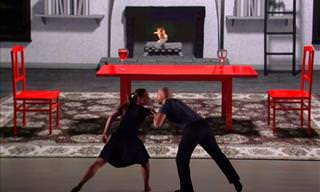 3:44
3:44
Prepare to Be Blown Away by the Dance of the Century!
It's part visuals, part dance. And combined it makes one of the more touching performances we've seen this century.
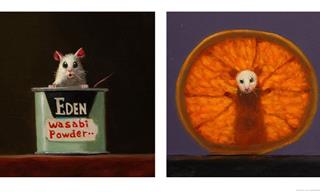
These Cute Paintings Celebrate the Playfulness of Mice
Check out American artist Stuart Dunkel’s delightful mouse paintings.
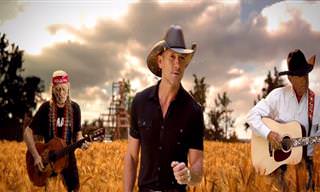 4:10
4:10
This Country Music Collaboration Will Blow You Away!
This collaboration of country singers past and present will astound you! This one should definitely not be missed!
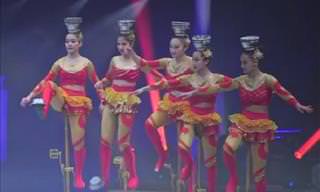 7:35
7:35
Acrobats on Unicycles? Now I Really Have Seen It All...
These Chinese unicycle acrobats will completely blow you away! Check out their daring performance here.
 4:58
4:58
This Famous Song Sounds Even Better in Acapella!
In this video the popular acapella group Pentatonix give an outstanding performance of John Lennon's famous song "Imagine".
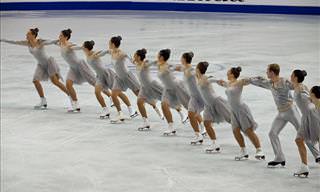 4:44
4:44
This Is Arguably the Most Beautiful Ice Show Ever!
18 Russian ice skaters sealed their place in history with this amazing dance set to Whitney Houston's classic love song.



